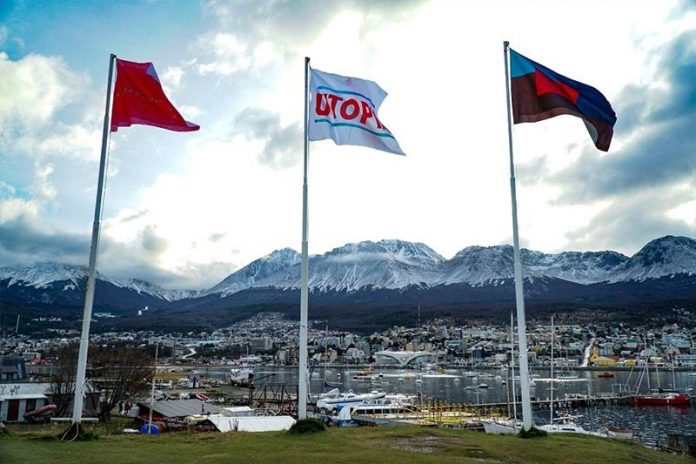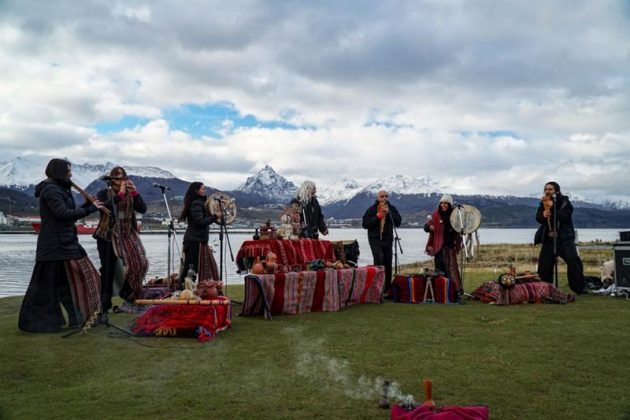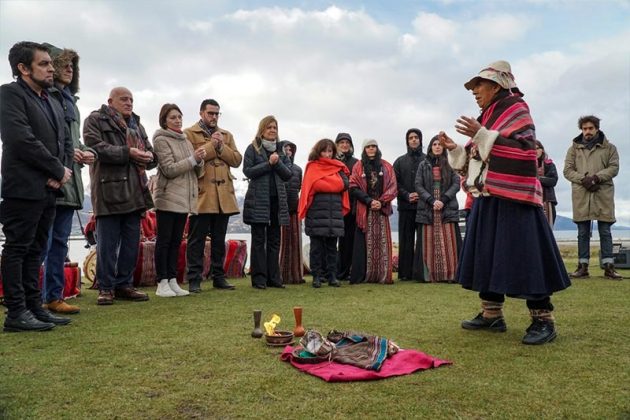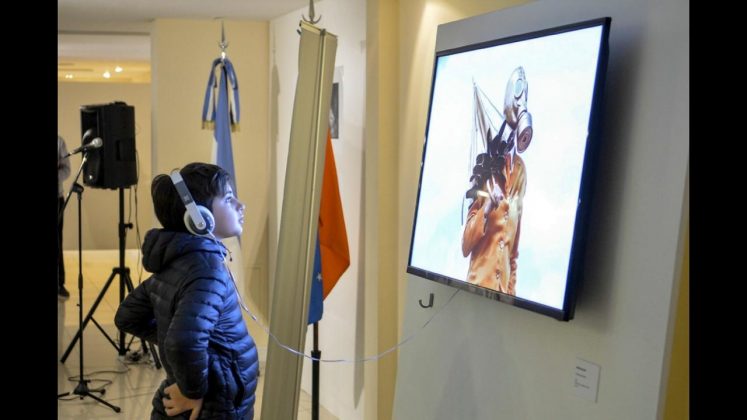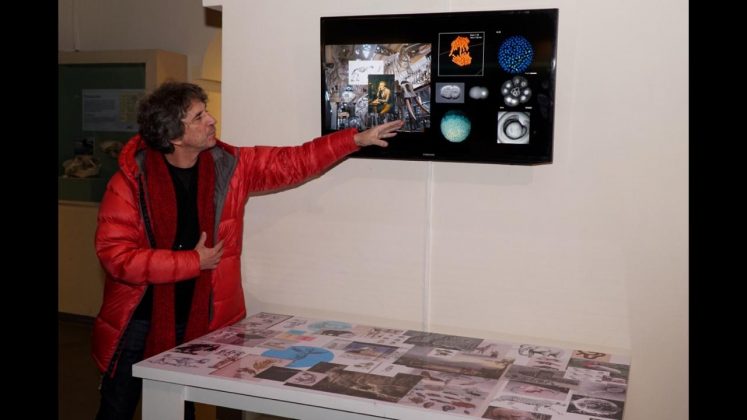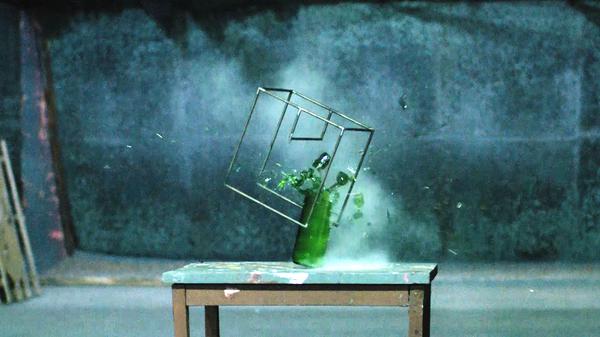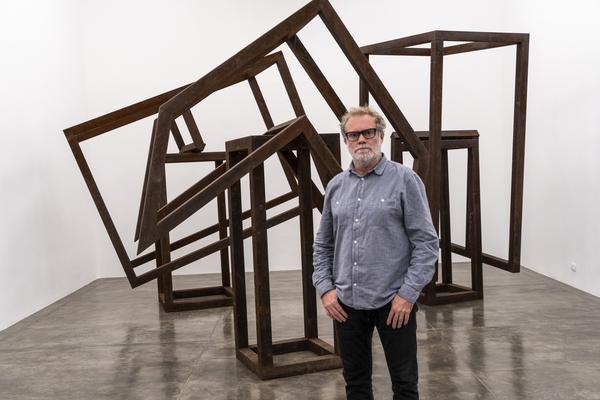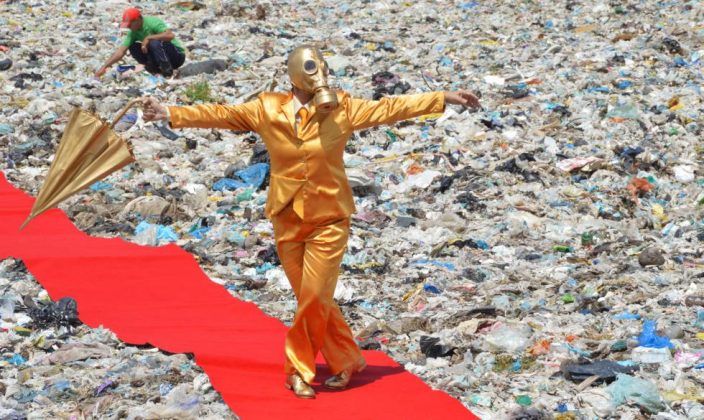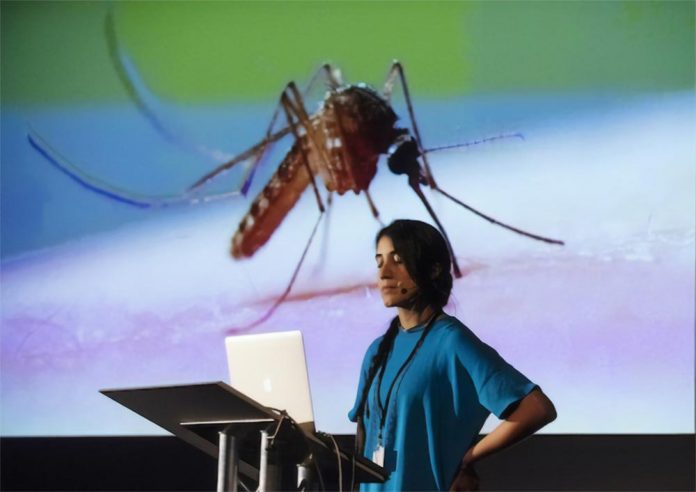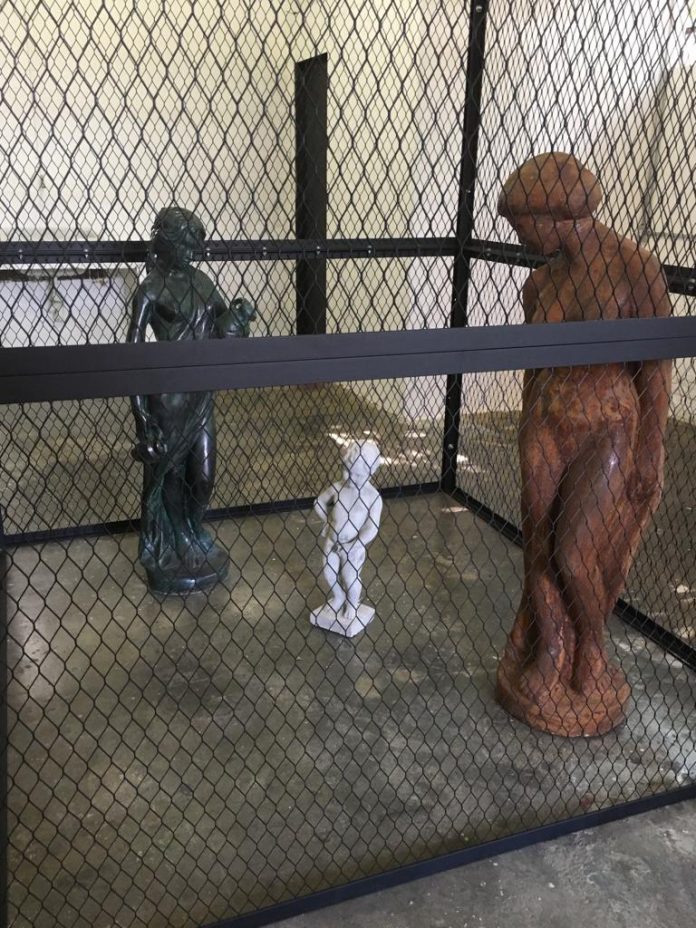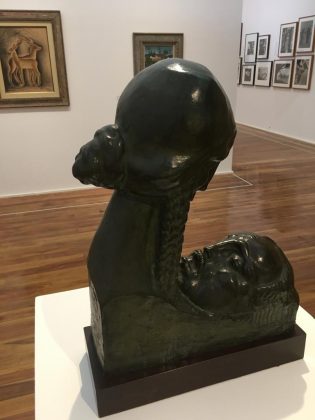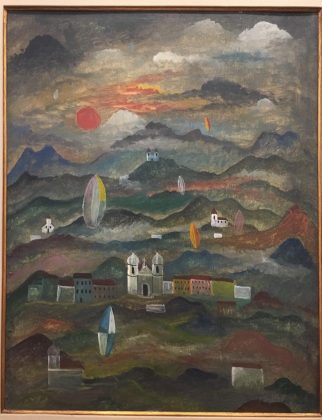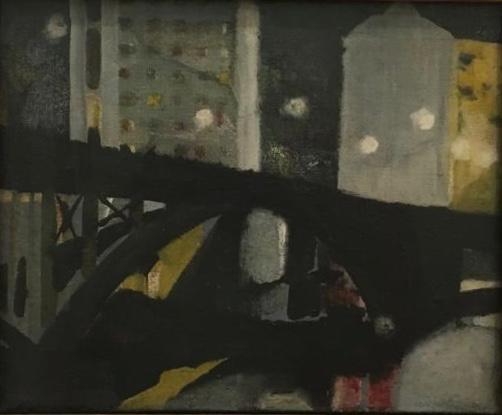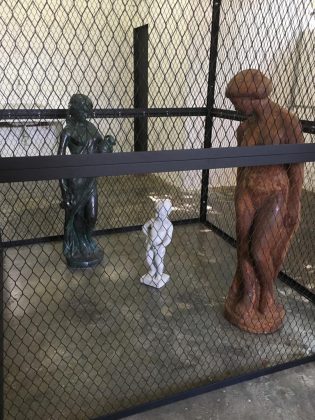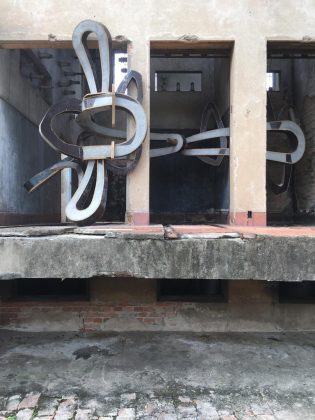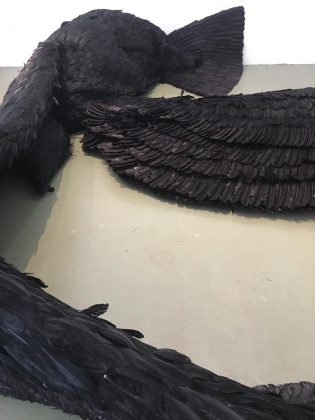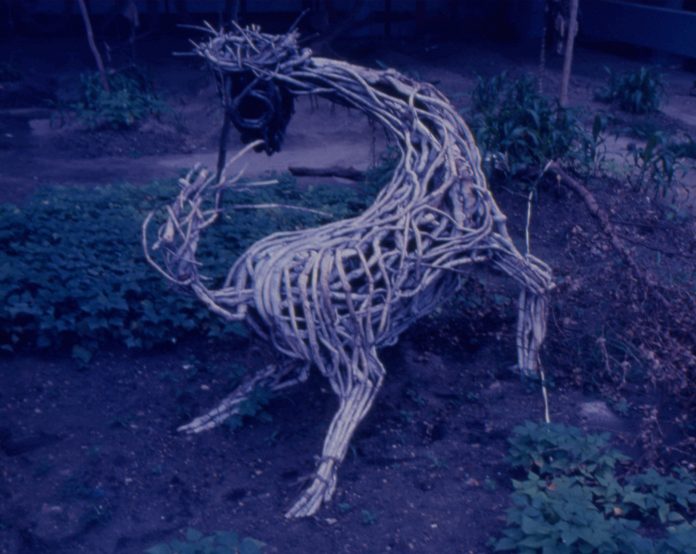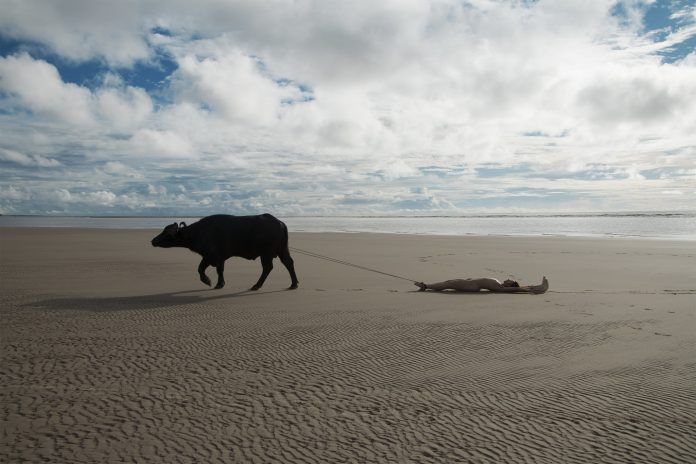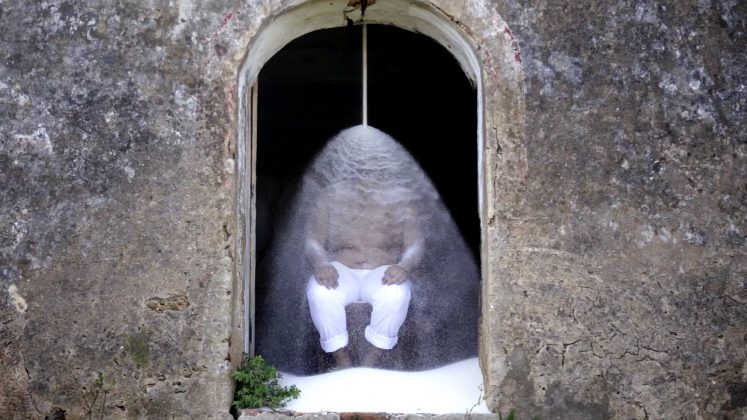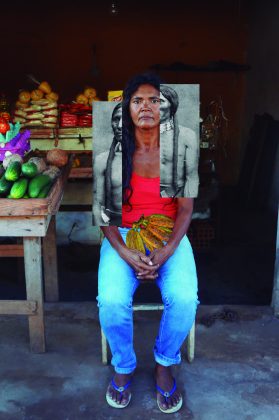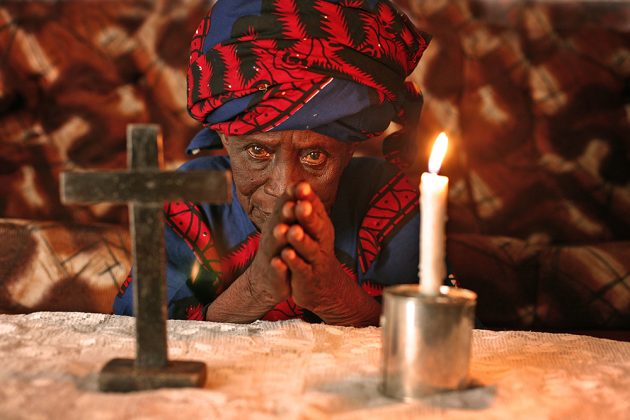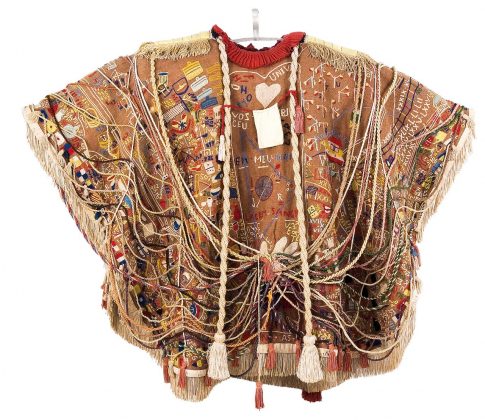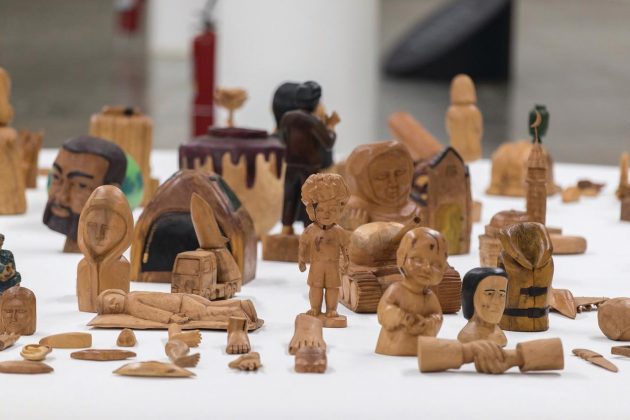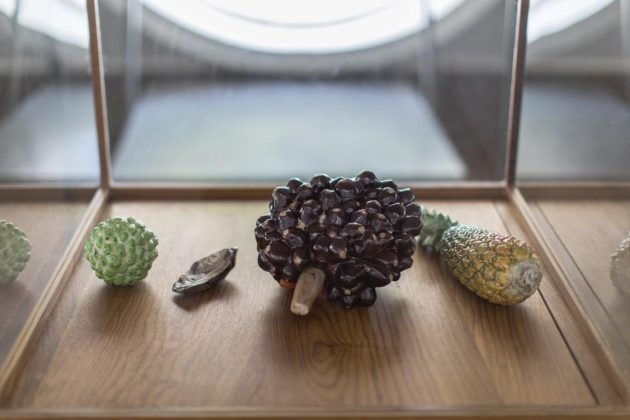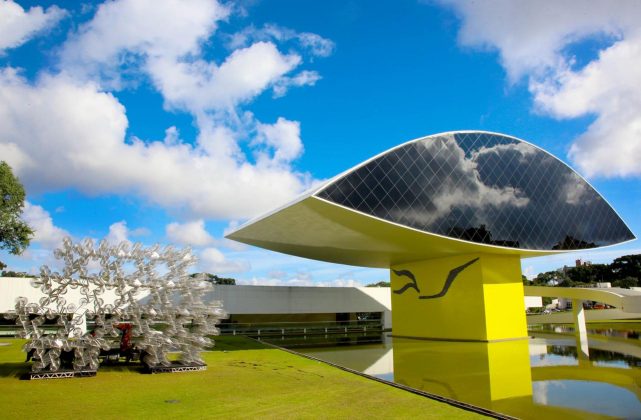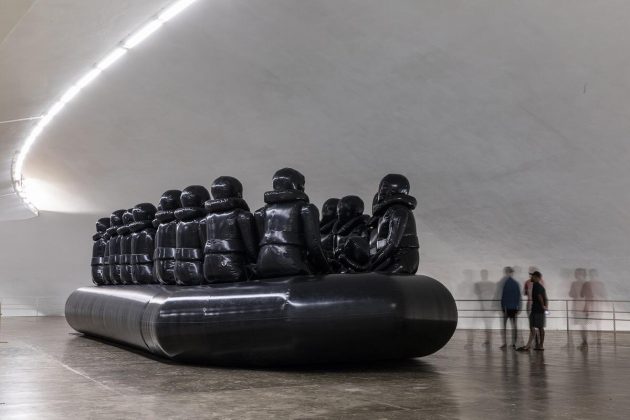O hasteamento de três bandeiras na “cidade do fim do mundo”, Ushuaia, foi um marco importante no último fim de semana: foi inaugurada na província argentina de Tierra Del Fuego a segunda edição da BIENALSUR, evento que tem como essência enfatizar o Sul global.
As Bandeiras do fim do mundo (Banderas del fin del mundo), como foi chamada a instalação ao ar livre tem sua origem em um projeto do artista francês Christian Boltanski, que concebeu uma das bandeiras para a BIENALSUR, as outras duas foram produzidas pela artista chilena Voluspa Jarpa a argentina Magdalena Jitrik. As peças foram içadas pelo diretor da BIENALSUR e reitor daa UNTRER, Aníbal Jozami, pela diretora artística e cultural da BIENALSUR, Diana Wechsler, e pelo secretário da Cultura da província, Gonzalo Zamora. Na ocasião, Jozami declarou que o evento “nasceu para mudar as correntes centrais da cultura, para influenciá-las com o pensamento do Sul”.
Além da cidade de Ushuaia, o município de Rio Grande também recebeu atividades relacionadas ao evento, incluindo a mostra Paisagens entre paisagens (Paisages entre paisages), em cartaz no Museo Fueguino de Arte. Na edição de estreia da bienal, a Tierra del Fuego não havia sido incluída no mapa, o que mudou completamente em 2019, sendo a província a primeira a receber programação.
A próxima parada do evento, a partir dos dias 23 e 24 de abril, indo agora na direção Norte, será em Tucumán, ao noroeste argentino, entre o Chile, a Bolívia e o Paraguai. Três instituições da província sediarão exposições, ações, intervenções e palestras: Museo Provincial de Bellas Artes Timoteo Navarro, MUNT – Museo de la Universidad Nacional de Tucumán “Juan B. Terán” e Centro Cultural Juan B. Terán. O destaque fica para a exposição Entre sentidos, no MUNT, que terá obra da artista brasileira Chiara Banfi.
Os brasileiros, inclusive, tem presença garantida nesta BIENALSUR. Já nas primeiras aberturas em Tierra Del Fuego, Berna Reale, Lia Chaia e Dora Longo Bahia, e a argentina radicada no Brasil Carla Zaccagnini, tiveram obras nas exposições em Ushuaia e Rio Grande.
Confira a programação completa de Tucumán:
- Museo Provincial de Bellas Artes Timoteo Navarro
Exposição: “Otra ella”. Artista: Nicola Costantino
Exposição: “Heroínas”. Artistas: Leila Alaoui, Carolina Antoniadis,, Claudia Casarino, Annemarie Heinrich, Voluspa Jarpa, Adriana Lestido, Eduardo Longoni, Zulema Maza, Erika Meza, Javier López, Stéphanie Pommeret, Omar Torres, Mariana Schapiro y Edward Shaw.
Intervenção sonora: En primera persona. Artista: Carola Beltrame.
- MUNT – Museo de la Universidad Nacional de Tucumán “Juan B. Terán”:
23/05 – Conversa Sebastián Tedesco, Bruno Mesz y Mateo Carabajal: “Transmodalidad, ciencia y poética de los sentidos”
24/05 – Exposição: “Entre sentidos”. Artistas: Duygu Nazli Akova, Joaquín Aras, Chiara Banfi,Eugenia Calvo, Cecilia Catalin, Cecilia Ivanchevich Ana Mance, Camila Maya, Bruno Mesz, Ana María Morill, María Jesús Román, Sebastián Tedesco.
- Centro Cultural Juan B. Terán:
24/05 – Instalação: “Tenemos el poder de elegir”. Artista: Marie Orensanz

